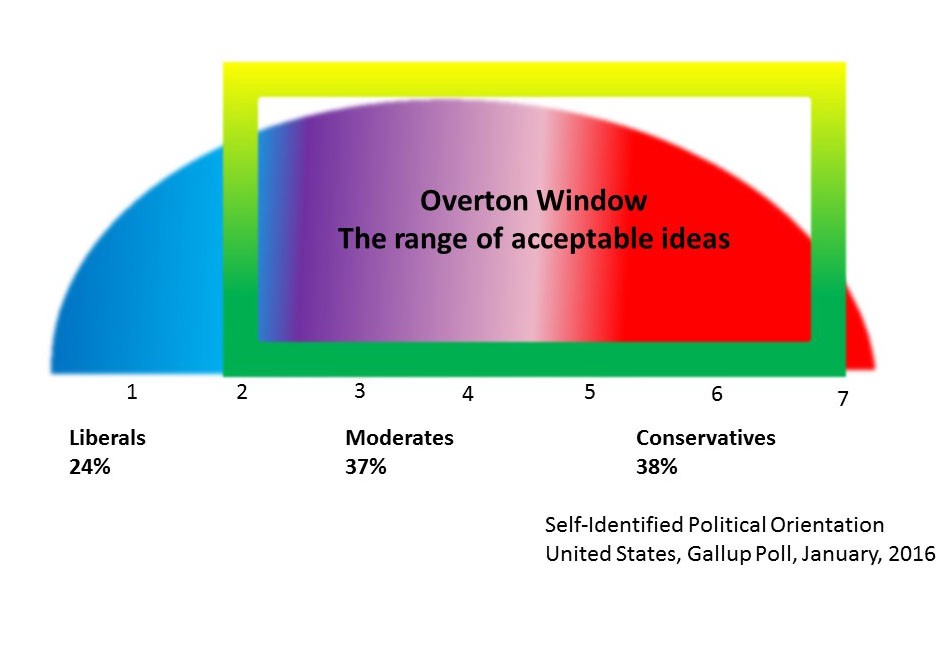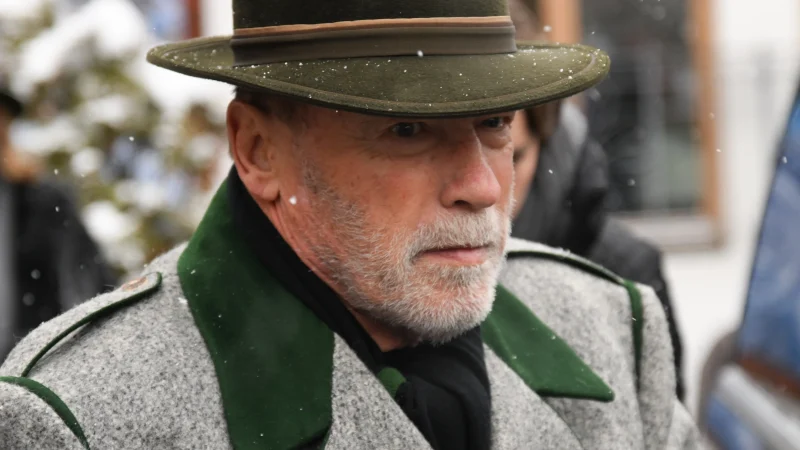Overton Window

In the arena of public debate and policymaking, the Overton Window serves as a fascinating concept that elucidates the boundaries of acceptable discourse within a society at any given time. Named after its originator, Joseph P. Overton, the Overton Window illustrates the range of ideas and policies deemed politically feasible or acceptable by the mainstream population, politicians, and decision-makers. Understanding this concept unveils the dynamics behind societal norms, political strategies, and the evolution of public opinion.
At its core, the Overton Window encapsulates a spectrum of ideas ranging from the unthinkable to the mainstream and eventually the policy-acceptable. Picture it as a window framing the spectrum of policies or ideas that are palatable to the public or decision-makers. Ideas outside this window are deemed radical, unrealistic, or politically unviable. However, the window isn’t fixed; rather, it’s dynamic and can shift over time due to various factors such as social movements, political upheavals, or economic crises.
One of the key drivers of Overton Window shifts is grassroots activism and social movements. History is replete with examples where once-radical ideas, like civil rights or LGBTQ+ rights, gradually moved from the fringes of societal acceptance to become mainstream norms. These movements, by pushing the boundaries of acceptable discourse, gradually expand the Overton Window, making formerly radical ideas more acceptable and eventually leading to policy change.
Political leadership also plays a crucial role in shaping the Overton Window. Politicians, pundits, and influential figures have the power to introduce new ideas into public discourse and gradually shift the window by normalizing certain concepts. Through effective communication and advocacy, they can sway public opinion and make previously controversial ideas more acceptable.
Media, too, acts as a significant influencer in shaping the Overton Window. The narratives propagated by news outlets, social media platforms, and entertainment industries can either reinforce existing norms or challenge them, thus impacting the boundaries of acceptable discourse. By amplifying certain voices and ideas, media platforms can contribute to the expansion or contraction of the Overton Window.
Moreover, external events and crises can also trigger shifts in the Overton Window. Economic downturns, pandemics, or security threats often lead to a reevaluation of policies and ideas previously considered taboo. In times of crisis, societies may become more receptive to radical solutions or unconventional policies, causing the Overton Window to expand temporarily.
Understanding the Overton Window is vital for individuals, activists, and policymakers alike. It provides insights into the mechanisms driving societal change and offers a roadmap for strategic advocacy and political mobilization. By recognizing the malleability of public opinion and the fluidity of political discourse, stakeholders can effectively navigate and influence the trajectory of public policy debates.
Conclusion
The Overton Window serves as a powerful conceptual tool for analyzing the dynamics of public discourse and policymaking. By recognizing the fluidity of societal norms and the influence of various actors, we can better understand how ideas evolve from the fringe to the mainstream and ultimately shape the course of history. As we continue to engage in debates about pressing issues, let us be mindful of the shifting boundaries of acceptable discourse and strive to expand the Overton Window towards more inclusive, equitable, and innovative solutions.





